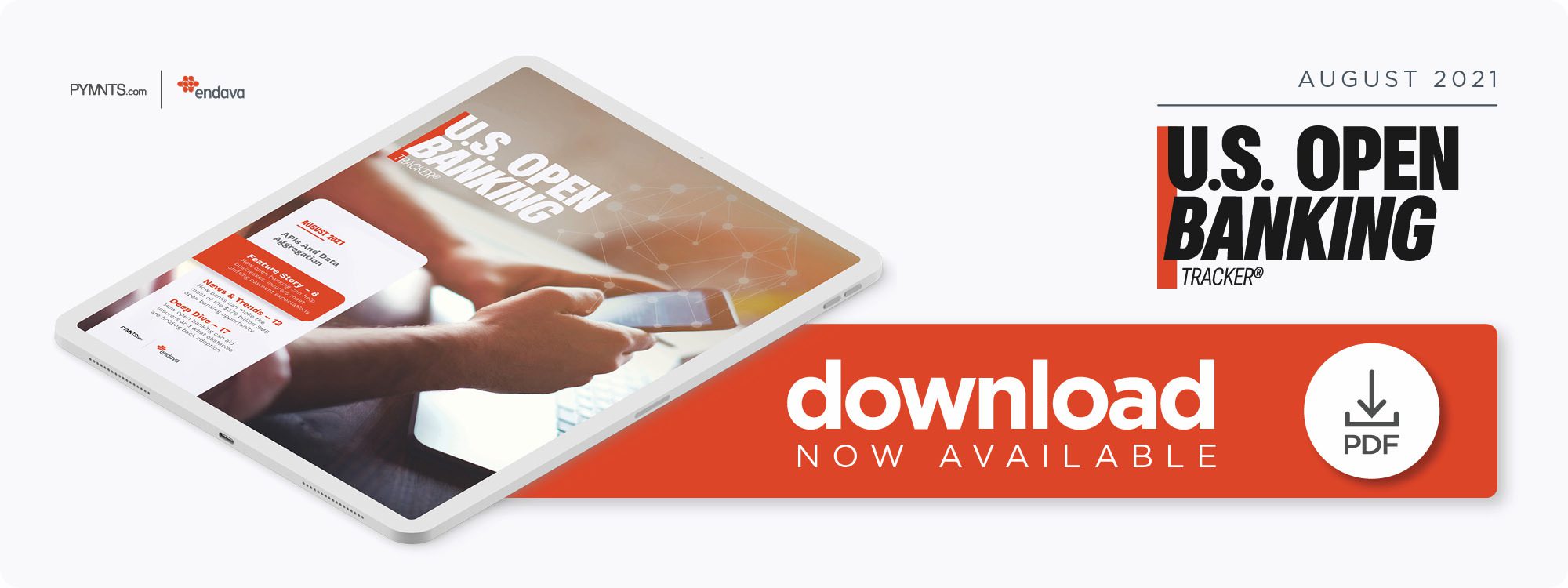Deep Dive: How Open Banking Could Innovate Insurance Payments to Strengthen Customer Relationships

Consumers and businesses alike continue to migrate to digital channels to conduct more of their financial tasks, even as some brick-and-mortar locations reopen.
The pandemic’s influence on consumers’ preferences for interacting with merchants, banks and other entities has persisted, with one study finding that 54% of financial institutions (FIs) and insurance firms continued to see strong growth in their mobile and digital visitor traffic in the six months prior to April.
Keeping up with this newfound demand is a key priority for businesses looking to engage and retain customers who are more likely to meet them through digital channels first and physical locations later. Banks are exploring new and emerging technologies to help them retain consumers’ loyalty, for example, with 49% seeking online solutions that can improve their customers’ financial health.
This has sparked increasing interest in the potential of open banking and application programming interfaces (APIs) to deliver the speed and seamlessness users are expecting in today’s digital-first world. Open banking’s popularity has risen globally over the past year as entities sought out swifter solutions, with one study revealing that 87% of countries now have some form of open APIs at work in their markets.
The following Deep Dive examines open banking adoption in the U.S. and the potential benefits it offers industries, such as insurance. It also explains what must be done before both traditional insurance firms and InsurTechs can make full use of open banking as they aim to further digitize and innovate their services.
Setting the Stage for Open Banking
Open banking is well established in certain markets — notably in the U.K., with 67% of U.K. FIs viewing it as a key growth opportunity. It is only beginning to take greater shape in the U.S., however. One report found that two-thirds of U.S. financial providers have open banking initiatives either underway or planned for launch in the next 18 months. Only one out of five FIs expect these initiatives to yield significant results in the next year, while three out of five expect to see major impacts in the next five years.
This bodes well for the long-term future of open banking in the U.S., but regulations aimed at protecting consumer data security and privacy continue to develop at the state level. Businesses are collecting more sensitive data than ever to engage potential customers through more personalized experiences, and the storage of this data can lead to a loss of customer loyalty if done without the proper protections. One study found that, while 70% of businesses had increased the volume of consumer data they collect, 86% of consumers named data privacy as a rising concern. Another 68% of consumers felt that the level of companies’ data collection was particularly worrying.
Addressing these concerns is critical for open banking’s success in the U.S., but banks acknowledge the need for additional regulation to establish the parameters of data sharing via open banking channels. In a survey, 81% of U.S. financial leaders said that the sharing of consumer data would benefit from more regulatory certainty. Achieving regulatory and data privacy peace of mind is essential to open banking’s growth in the United States. This is crucial not just for the financial space but also for other industries that characteristically have legacy infrastructures that are hurting their bottom lines and relationships with customers — such as the insurance sector.
The Open Insurance Future
Today’s consumers are expecting more out of their payments whenever they make them, whether paying bills, making retail purchases or sending and receiving payments to or from their insurance companies. The insurance industry is notorious for its cumbersome, time-consuming payments processes. Many insurance firms, much like banks, are shackled to legacy infrastructure setups that simply cannot match consumers’ current payment needs.
One 2020 report found that maintaining these legacy systems eats up approximately 70% of insurers’ IT budgets, indicating that the industry is ready for innovation. Insurers have expressed a high degree of interest in upgrading their systems and payment processes over the past year, with 85% of insurance CEOs in a survey observing that the pandemic has accelerated digitization at their organizations. Seventy-eight percent noted they were particularly concerned with creating seamless customer experiences, and a similar share cited the urgency of coming up with new business models and revenue streams as particularly concerning.
Open APIs are emerging as one of the top innovation solutions U.S. insurers are considering, but adopting these tools at scale requires further development of the U.S. open banking environment. Questions surrounding how data can be transferred and stored must be answered before insurers can use open APIs with confidence. The insurance industry will need to keep a close eye on the progress of open banking regulation as consumers ramp up demand for seamless payments wherever they go.

